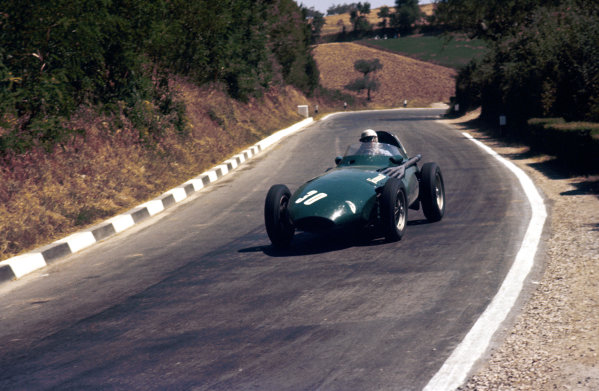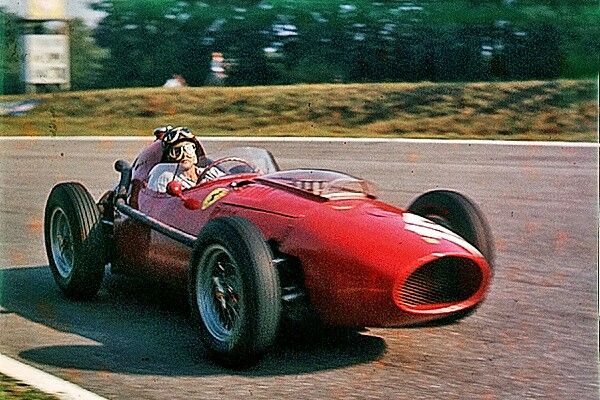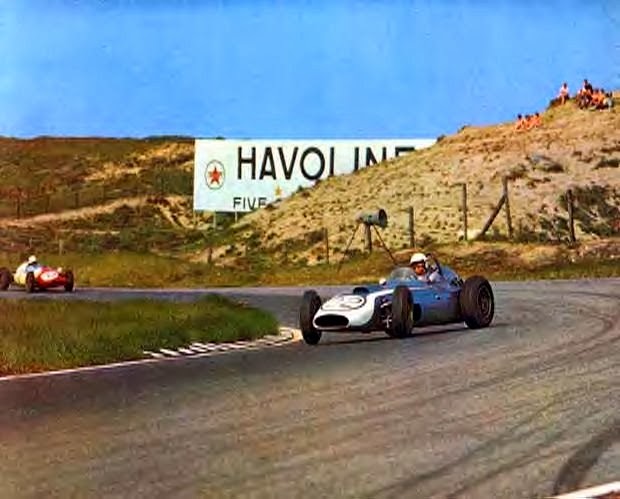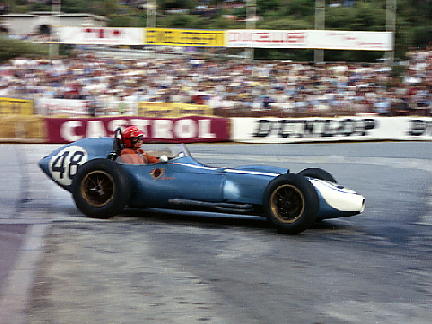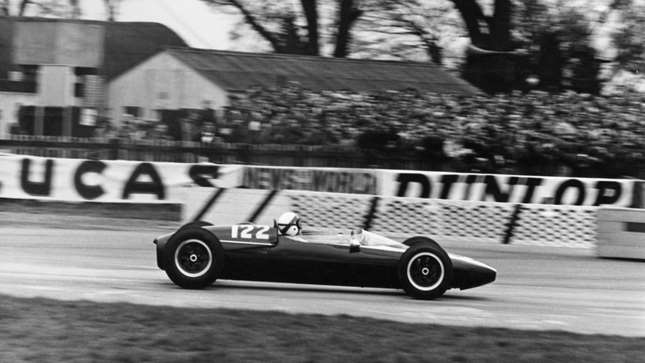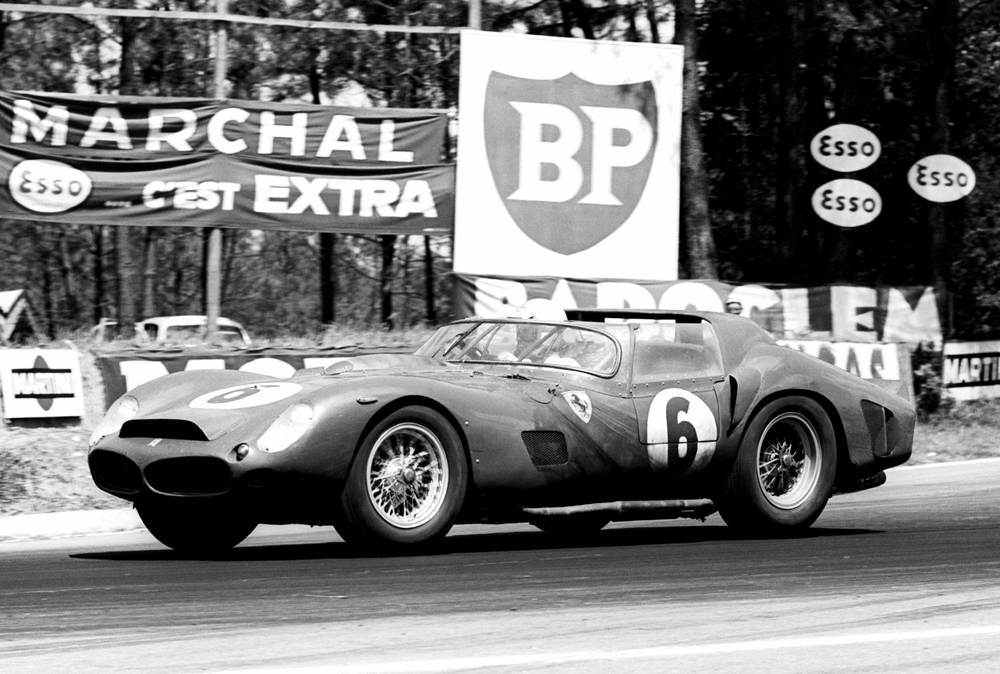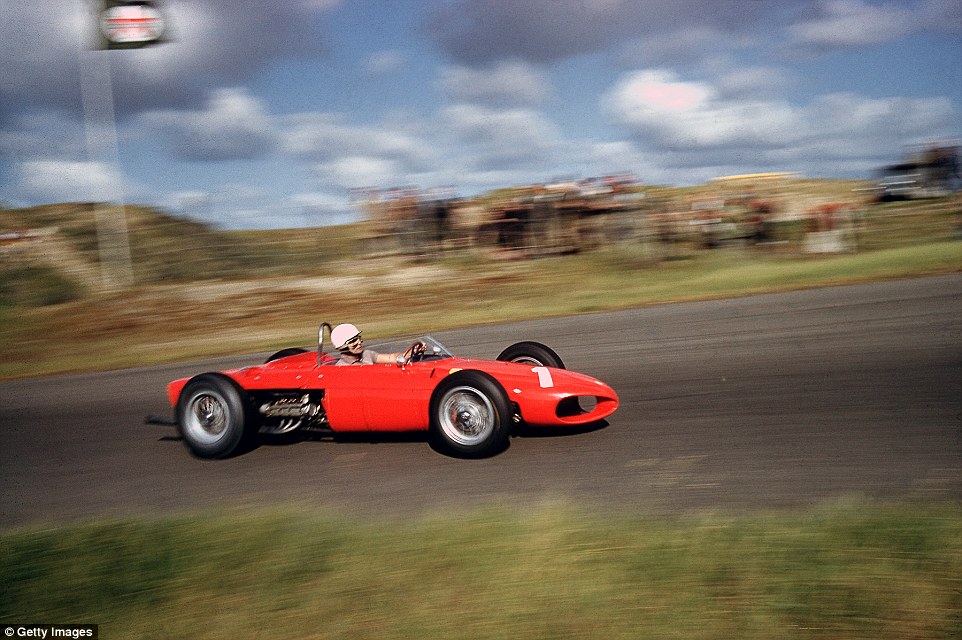Americans in Grand Prix racing
People tend to think that America has not played much of a role in Grand Prix racing, but close examination of the sport reveals that US influence has always been strong - right back to the earliest days of the automobile when New York newspaper magnate James Gordon Bennett instituted an International Cup, which created the framework for what would become Grand Prix racing. Even before that Willy K. Vanderbilt had starred in several European races before deciding to return home to create the Vanderbilt Cup.
There was even an American "Grand Prize" in Savannah, Georgia, in 1908.
The greatest moment, however, came in 1921 when Europe was reviving after World War I. American racers came over in 1921 for the biggest event of the European racing calendar - the Grand Prix de l'Automobile Club de France - and Jimmy Murphy, driving a white Duesenberg won a famous victory on the roads at Le Mans. It would be more than 40 years before an American won in an American car in Formula One.
When the Formula One World Championship began in 1950, the FIA wanted to recognize the importance of American racing and so included the Indianapolis 500 in the championship, even though there was never any real crossover with the Formula One races. This odd situation remained unchanged until after the 500 in 1960 which means that on paper there were more than 150 American F1 drivers. One hundred of them only ever competed at Indianapolis. One can argue over how many "real" American F1 drivers there have been, as 45 took part in races, one qualified for a race but failed to start and five practiced but failed to qualify. What is clear is that 16 of them scored World Championship points, five won Grand Prix victories and two became FIA Formula One World Champions.
The first American to appear in the World Championship was Harry Schell, born in France of American parents. He raced in the second ever World Championship event at Monaco in 1950, becoming the first man to race a rear-engined car in F1. He would continue to compete until his death in practice for the non-championship International Trophy event at Silverstone in 1960, his best result being second in Holland in 1958.
The booming sports car scene in California in the mid 1950s inspired a number of Americans to try Formula 1, aided by Enzo Ferrari, who was always looking for ways to sell his exotic road cars in the United States. Ferrari provided Phil Hill with the opportunity to become the first American to win a World Championship Grand Prix in Italy in 1960 and a year later Hill became America's first World Champion. Dan Gurney was another man to be given a chance by Ferrari and in 1959 he scored two podium finishes in his first four races. He moved on to BRM and later Porsche and in 1962 won his first victory at the French GP.
Ferrari helped Richie Ginther as well, giving him his chance in F1 in 1960. Ginther would become the third American to win a World Championship event in Mexico in 1965, at the wheel of a Honda.
Colin Chapman of Team Lotus was responsible for the start of Mario Andretti's Formula 1 career in 1968. He had met the young American in 1965 when running a car for Jim Clark at Indianapolis and Andretti did not disappoint, taking pole position on his debut at Watkins Glen. Three years later he won his first World Championship victory - driving for Ferrari in South Africa - and three weeks later won again in the unusual non-championship Questor Grand Prix at California's Ontario Speedway. For several years Andretti did only occasional F1 races and it was not until 1977 that he did an entire season of races, with Team Lotus. The following year he became America's second Formula One World Champion.
The only other American to win a Grand Prix came to the sport full-time as a McLaren driver, Peter Revson winning the 1973 British Grand Prix in only his second full season in F1. Sadly he was killed at the start of 1974.
After Mario Andretti left F1 at the end of 1982, America was represented by Eddie Cheever, who had grown up in Italy. His best result was second in Detroit in 1982 but he continued to race full-time in F1 until 1989. Michael Andretti tried his hand with McLaren in 1993 but after that there was a period of 12 years before another American driver was seen: Scott Speed spending a year and a half with Scuderia Toro Rosso in 2006 and 2007.
The drivers are just the tip of the F1 iceberg and American influence has been felt elsewhere in F1 as well. As Hill and Gurney were heading to Maranello to drive Ferraris, wealthy amateur Lance Reventlow, the only son of Woolworth heiress Barbara Hutton, decided that he wanted to take on the Europeans and embarked on the construction of the Scarab F1 car, which was designed by former 82nd Airborne veteran Chuck Daigh. There were delays in the program and the car did not appear until 1960 by which time F1 was in the grip of the rear-engined revolution and the Scarab was obsolete. Carroll Shelby once remarked, however, that "there are only two people I can think of who could sit down, take a welding torch, build their own chassis, go out to test it and then win races with it. They are Jack Brabham and Chuck Daigh. I put Chuck in the same category as Jack."
Another American Hugh Powell decided on a different approach and purchased the British-based Emeryson team and revamped the cars and ran them under the name Scirocco Powell Racing in 1963. The program was not a success. Two years later Gurney, with encouragement from the Goodyear Tire & Rubber Company (which was keen to beat US rival Firestone) established Anglo American Racers Ltd in Rye, England, and built the first Eagle F1 car. This made its first appearance at the 1966 Belgian GP and three weeks Dan scored the team's first World Championship points at Reims. At the start of 1967 he won the non-championship Race of Champions and in June 1967 at Spa-Francorchamps, Gurney became first American since Jimmy Murphy in 1921, to win a Grand Prix driving an American car. Although the Eagle team struggled for money after that, his efforts inspired others. The mid-1970s Cosworth kit-car era provided new opportunity for American team owners and Don Nichols began building his Shadow F1 cars in 1973, after first manufacturing some successful sports cars. Shadow was followed in 1974 by Parnelli Jones's Parnelli team, which enjoyed funding from Firestone and had Mario Andretti as its lead driver. The tire giant, however, quit F1 in 1975 and so the Parnelli team faded away. By then Roger Penske had started his own Formula 1 team, with backing from First National bank. The first car - the Penske PC1 - appeared at the Canadian Grand Prix in 1974 with Mark Donohue driving. It was not a success and early in 1975 the team switched to March chassis but then disaster struck and Donohue was killed in an accident in Austria. Penske refused to quit and built a new car for 1976 and a year after Donohue's death Britain's John Watson gave Penske victory in Austria.
Shadow had won the non-championship Race of Champions in 1975 with Welshman Tom Pryce driving, but it was not until 1977 that Australian Alan Jones gave the team its one and only victory - again in Austria.
Finances proved to be increasingly difficult for the American teams and it was not until the turbocharged F1 era began that Lola's US distributor Carl Haas launched an F1 project when he found support from the massive American consumer conglomerate Beatrice. The cars were called Lolas but were actually built by Formula One Race Car Engineering - run by Americans Teddy Mayer and Tyler Alexander (who had previously been team principals of McLaren), in a factory near London's Heathrow Airport. Sadly, a change of management at Beatrice ended the sponsorship and the team disappeared at the end of 1986.
Since then there have been no US teams in Formula 1, although American technology has played an important role. Goodyear and Firestone led the way for many years in tire technology while Renault sent engine designer Bernard Dudot to the United States for a year to learn about turbo-charging before he embarked on the design of the first F1 turbo. And when it came to composite engineering, McLaren went to the Salt Lake City firm Hercules for the radical MP4-1 chassis, while Williams tried to catch up by hiring a top engineer from Northrop.
Today, USF1 is attempting to show that American technology is still the best in the world...
American F1 drivers
Mario Andretti
Michael Andretti
Skip Barber
Harry Blanchard
Bob Bondurant
Jay Chamberlain
Eddie Cheever
George Constantine
Chuck Daigh
Mark Donohue
Bob Drake
Mike Fisher
John Fitch
George Follmer
Fred Gamble
Richie Ginther
Masten Gregory
Dan Gurney
Jim Hall
Phil Hill
Gus Hutchison
Pete Lovely
Brett Lunger
Herbert Mackay-Fraser
Tim Mayer
Robert O'Brien
Danny Ongais
Roger Penske
Sam Posey
Bobby Rahal
Lance Reventlow
Peter Revson
Lloyd Ruby
Troy Ruttman
Bob Said
Harry Schell
Rob Schroeder
Tony Settember
Hap Sharp
Carroll Shelby
Scott Speed
Danny Sullivan
Alfonso Thiele
Fred Wacker
Rodger Ward
Qualified but failed to start: Phil Cade
Failed to qualify: Kevin Cogan, Bruce Kessler, Tom Jones, Thomas Monarch
